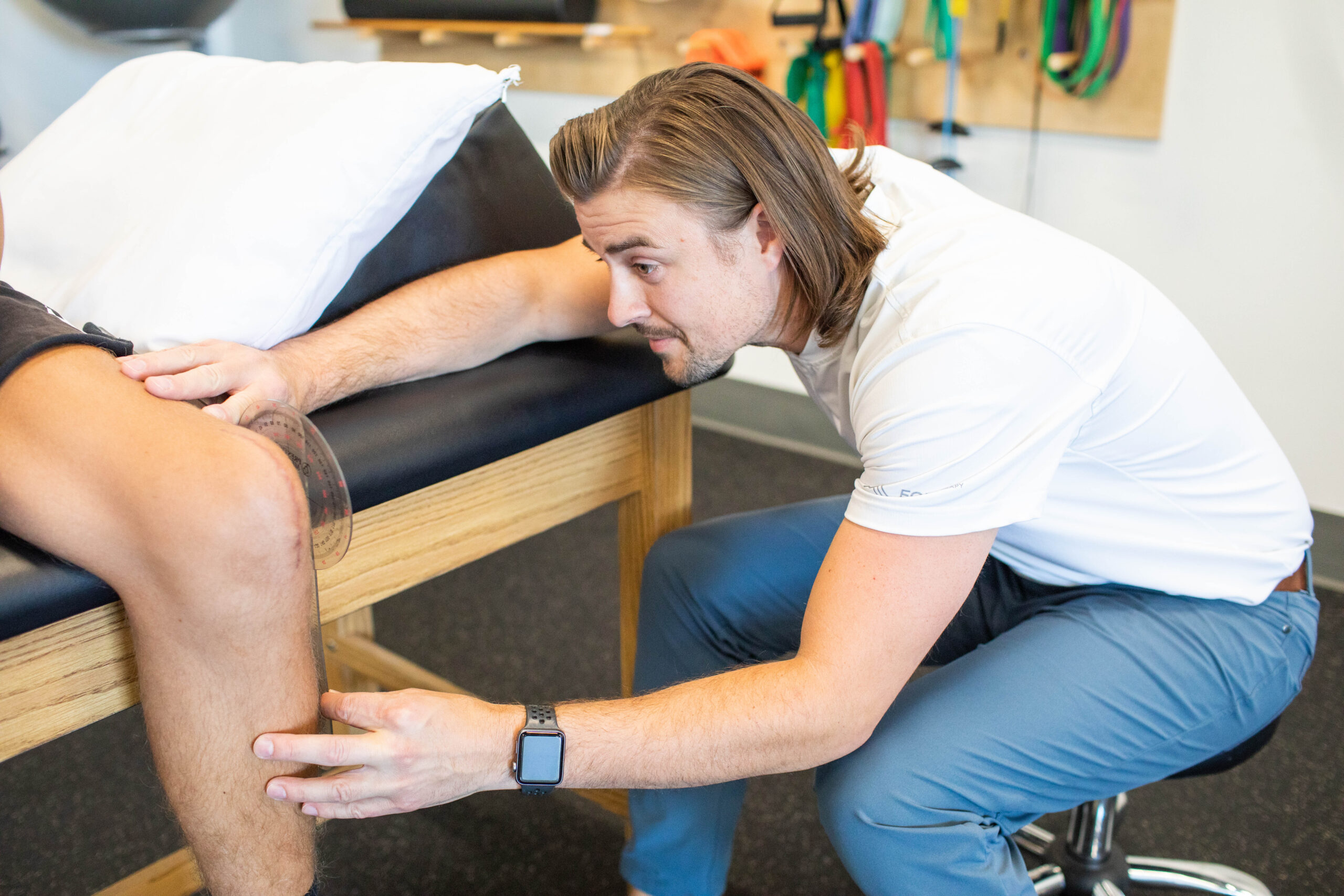Runner’s knee, or patellofemoral pain syndrome, is a common condition that affects many athletes, particularly runners. It is characterized by pain around or behind the kneecap, often aggravated by activities like running, climbing stairs, or squatting. While the knee is the site of pain, the underlying cause often lies in the movement mechanics of the hip and quadriceps, particularly motor control and muscle function.
What is Runner’s Knee?
Runner’s knee occurs when the patella (kneecap) doesn’t move smoothly over the femur (thigh bone), resulting in irritation, inflammation, and pain. This can happen for several reasons, including poor alignment, muscle imbalances, or overuse. One key factor in the development of runner’s knee is a lack of proper motor control in the muscles of the hip and quadriceps, which are crucial for stabilizing the knee joint during movement.
The Role of the Hip in Knee Health
The hip plays a crucial role in maintaining proper knee alignment during running and other activities. Weakness or poor motor control in the hip muscles—particularly the glutes—can lead to inefficient movement patterns that place excess stress on the knee. For instance, weak hip abductors (the muscles on the outside of the hip) may cause the knee to cave inward during running, a movement called “valgus collapse.” This misalignment can irritate the structures in the knee, leading to pain.
When the hip muscles are not properly activating, the body compensates by overloading the knee joint, often leading to runner’s knee. In addition, poor hip control can affect the alignment of the pelvis and spine, further disrupting knee mechanics and contributing to discomfort.
The Importance of Quadriceps Control
The quadriceps, the large muscle group at the front of the thigh, are also vital for knee health. These muscles help stabilize the patella, allowing it to track smoothly over the femur. If the quadriceps are weak, imbalanced, or unable to properly coordinate with other muscles, the kneecap may not move in its optimal path, increasing the risk of pain and injury.
Motor control of the quadriceps is particularly important for runners. A lack of coordination between the quads and the hip muscles can lead to inefficient running form, which places additional strain on the knee. Strengthening and improving the function of both the hip and quad muscles is essential for proper knee tracking and reducing the risk of runner’s knee.
The Role of Physical Therapy
Physical therapy is a highly effective way to address motor control issues in the hip and quadriceps. A physical therapist can assess your movement patterns and identify any muscle weaknesses or imbalances. Through targeted exercises that strengthen the hip and quad muscles, improve flexibility, and enhance motor control, PT can help prevent and treat runner’s knee. Exercises like clamshells, squats, lunges, and step-ups can improve hip stability, while controlled quad strengthening exercises can help improve patellar tracking.
Runner’s knee is often not just about the knee itself—it’s a result of poor motor control in the hip and quadriceps. By addressing muscle imbalances and improving motor control, you can reduce pain, prevent further injury, and return to running stronger and more efficiently. If you’re experiencing runner’s knee, working with a physical therapist to optimize your hip and quad function could be the key to long-term relief

